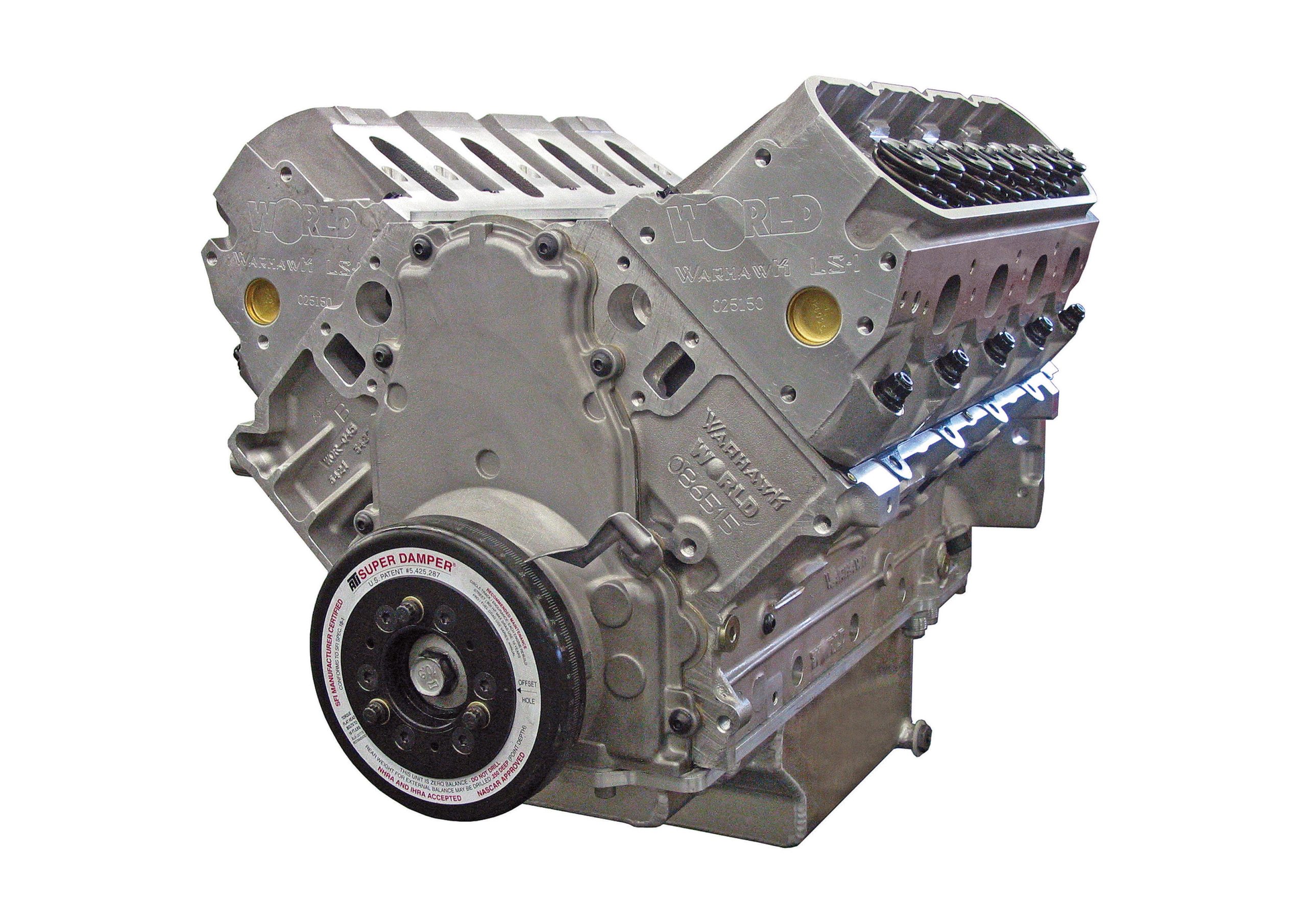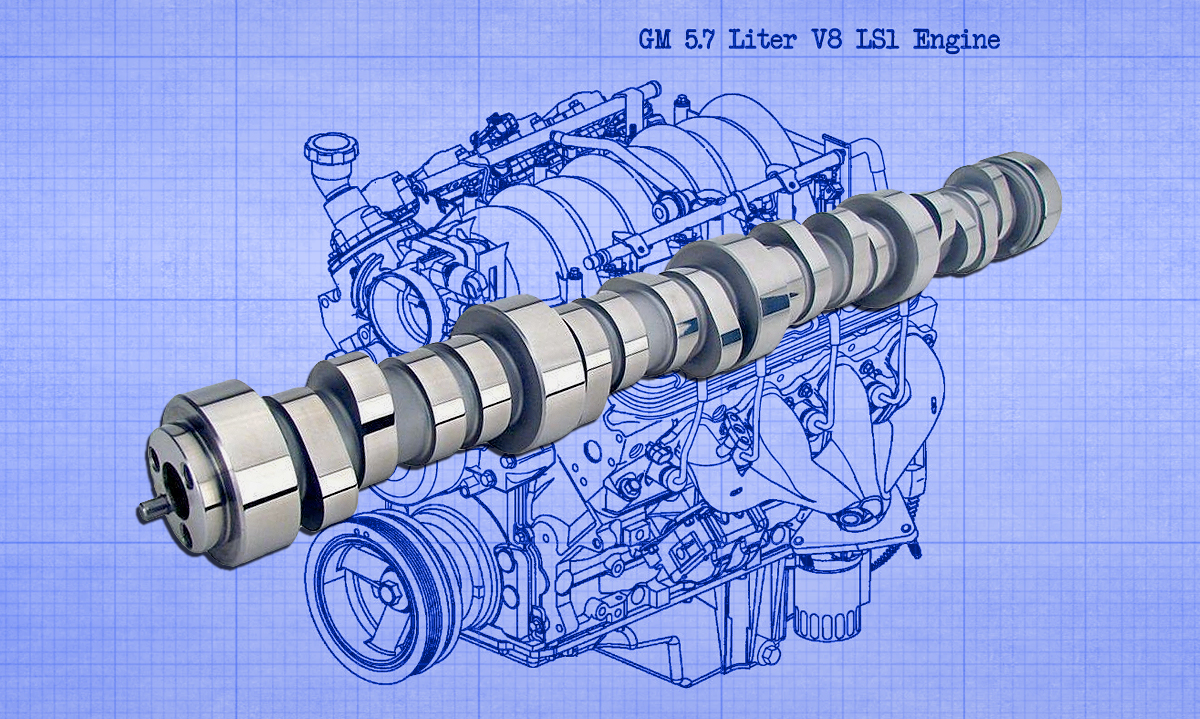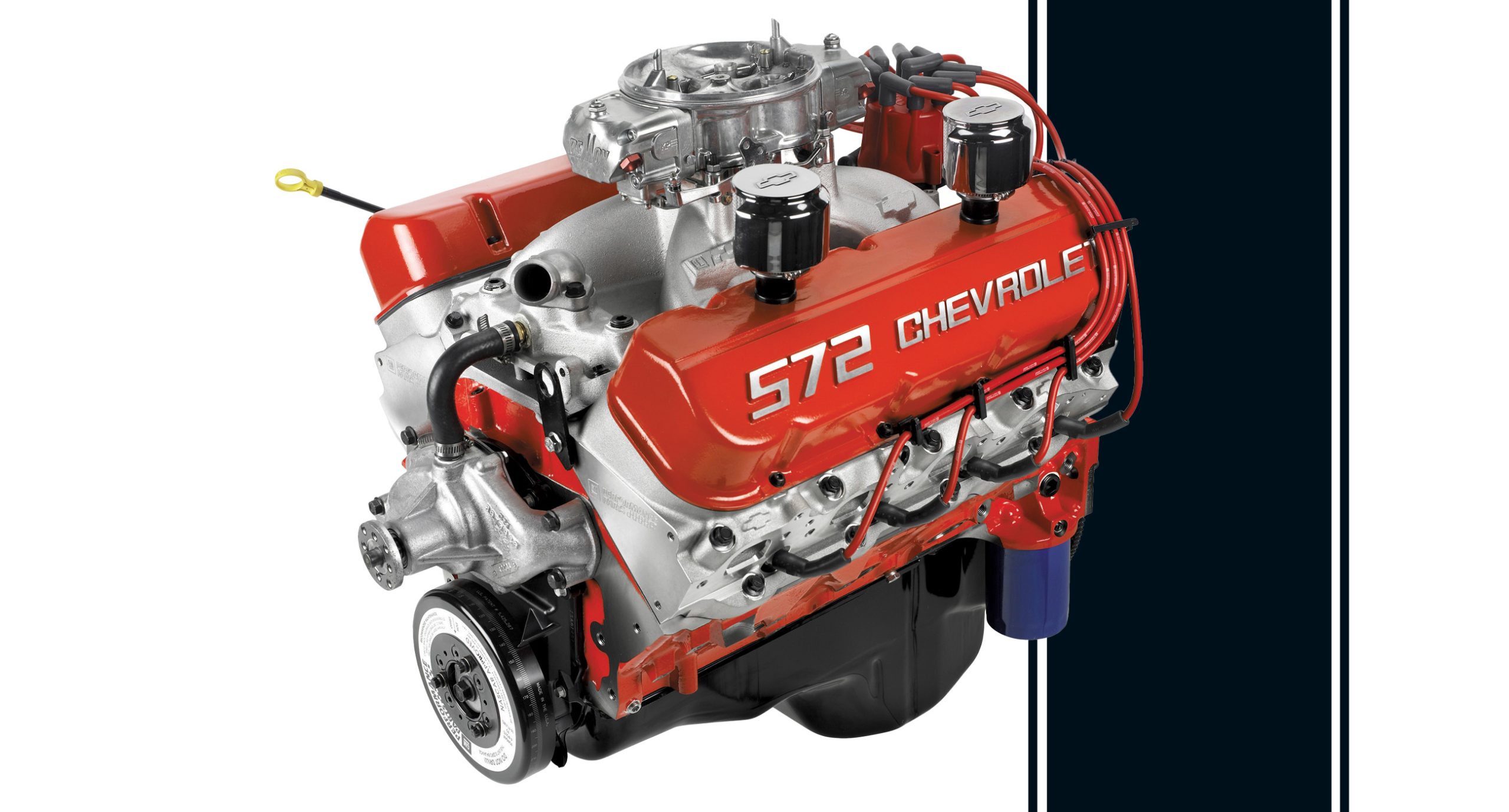Engine

Some of the greatest feelings in life come with a rise in rpm, a dropped clutch and tests of traction stretching the boundaries of our physiology. These are the emotions many of us cherish, and while many factors can evoke such emotions, the single most influential force behind these kinetic kicks is torque (which is then equated into horsepower).

If there’s one thing we can’t stress enough, it’s the importance of keeping your engine cool. That’s why we’re pumped about the Canton Racing Products Universal Aluminum Coolant Expansion Fill Tank. This baby is an absolute game-changer for anyone looking to optimize their vehicle’s cooling system.

Here’s the deal: if you’ve got a V-8 or a high-horsepower V-6 or 4-banger and you’re not running an Accusump, you’re gambling with your engine’s life. The 24-006 Accusump 3 Qt No Valve is one of those pieces of gear you slap on and immediately wonder why you didn’t do it sooner. It’s been saving engines—and wallets—for over 30 years. Let’s break it down.

Let’s talk about something that doesn’t always get the glory it deserves but is crucial for any high-performance build—pushrods. And who better to get the job done right than Brian Tooley Racing (BTR)? These guys know their stuff, and their pushrods are proof.

Alright, gearheads, if you’ve been chasing that extra performance edge for your LS engine, it’s time to step up your game. The BTR Platinum LS Dual Spring Kit – .660 Lift (SK001) from Brian Tooley Racing is the go-to upgrade when you’re running a high-lift cam and want to keep things dialed in tight. Let me tell you, this kit is more than just parts in a box—it’s the insurance policy your high-performance build demands.

Are you ready to give your GM truck the performance boost it deserves? Look no further than the BTR Gen III/IV Truck Norris Camshaft from Brian Tooley Racing. Designed specifically for 1999-2013 Chevrolet Silverado and GMC Sierra trucks, this camshaft is engineered to deliver a significant increase in horsepower and torque, transforming your daily driver into a powerhouse.

Alright, let’s talk camshafts—and not just any camshaft, but the BTR Red Hot Cam from Brian Tooley Racing. If you’re looking to unlock some real grunt from your LS engine and make it scream like it’s ready to tear the asphalt in half, this thing is the hot ticket. No fluff, no filler—this cam delivers straight-up power, attitude, and everything you love about LS engines dialed up to 11.

For the hot rodder who demands usability and performance, Smeding Performance’s 408” LS3 engines are designed to take your project to the next level. These aren’t your typical cookie-cutter kits—they’re full-fledged, turnkey engine packages built to drop into your classic chassis and turn it into a road-ready rocket. Whether you’re chasing street-friendly power or show-stopping performance, Smeding has you covered with engines dialed in for hot rod perfection.

When it comes to adding power to your small-block Chevy, the camshaft is an integral part of the performance equation. Luckily for owners of Chevy’s latest iteration (Gen III) of the famous small block, the modern fuel-injected LS1 responds just as well to camshaft upgrades as the LT1s, L79s and L48s of old. Naturally, cam technology has come a long way since the days of the Duntov 30-30 profile. The improvements in cam technology are important, as the new LS1 is head and shoulders above any of the old ’60s and ’70s muscle-car small blocks, regardless of the advertised power ratings.

If you’ve ever imagined a time when you could simply pick up the phone or send an e-mail to General Motors and order the engine of your dreams, pull it out of a box delivered to your door and plug it into the car of your dreams, then stop dreaming as that time has come. While it’s not new information that GM Performance Parts provides an assortment of engines to choose from, it’s never been easier to select the one that is best for your budget and the intended purpose of your car.












